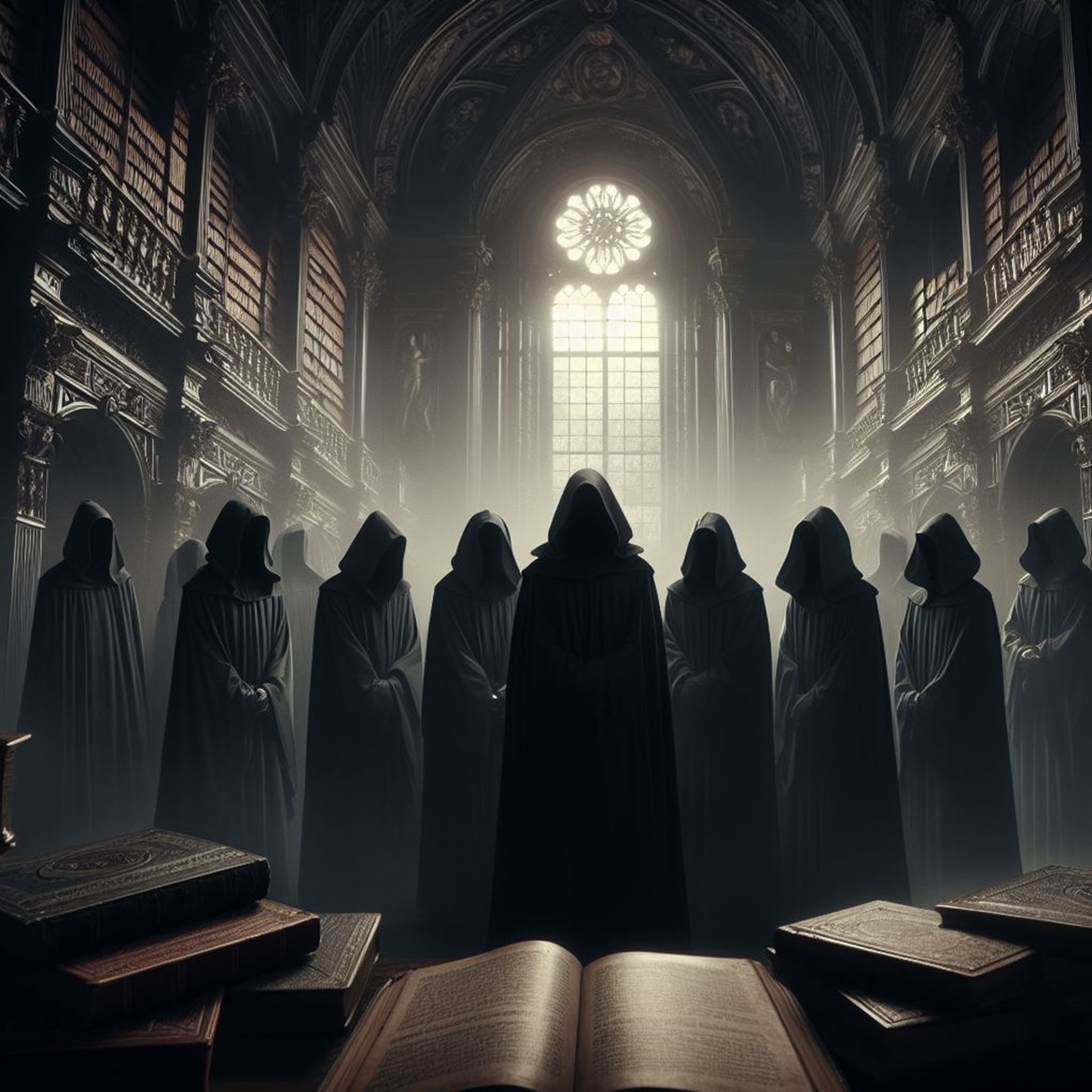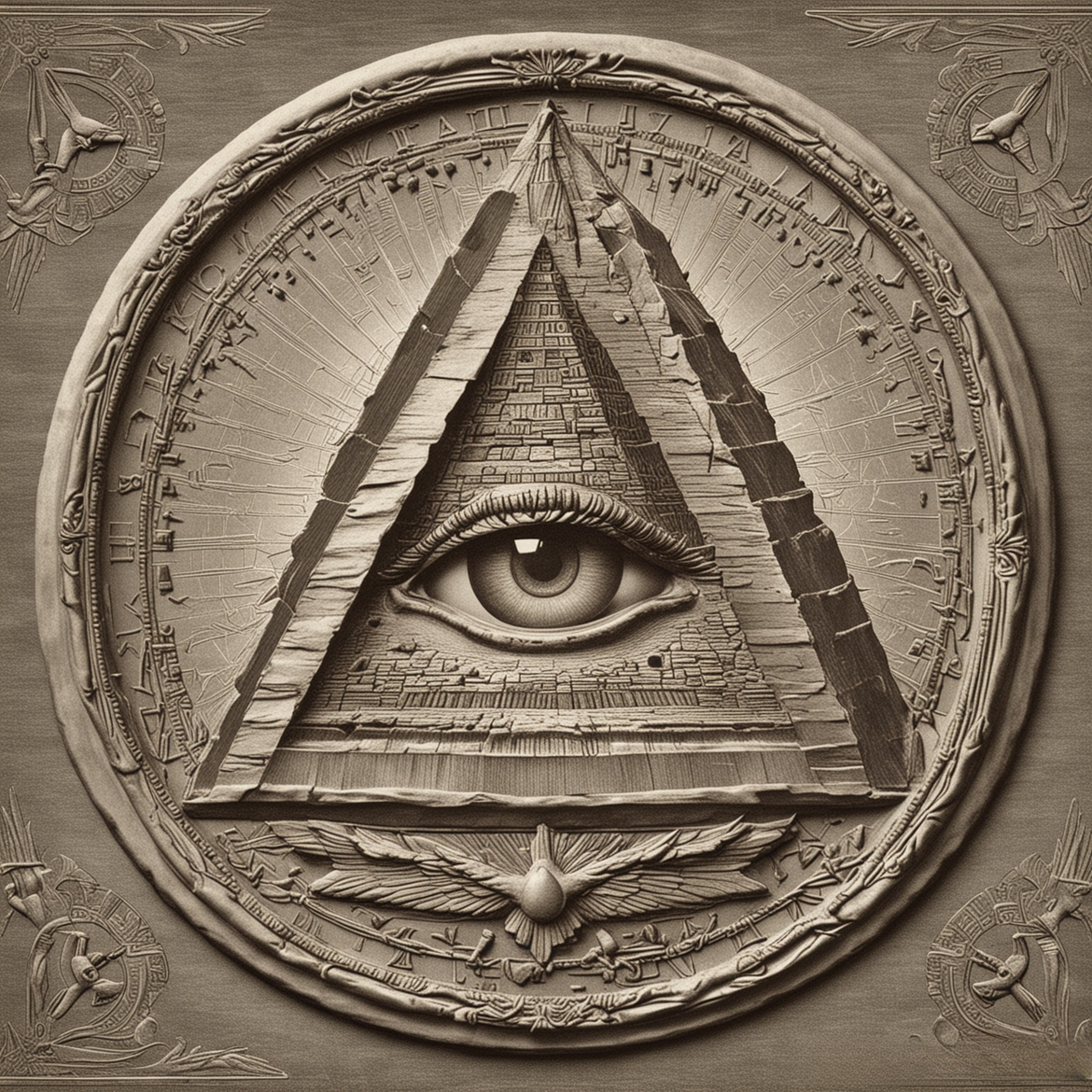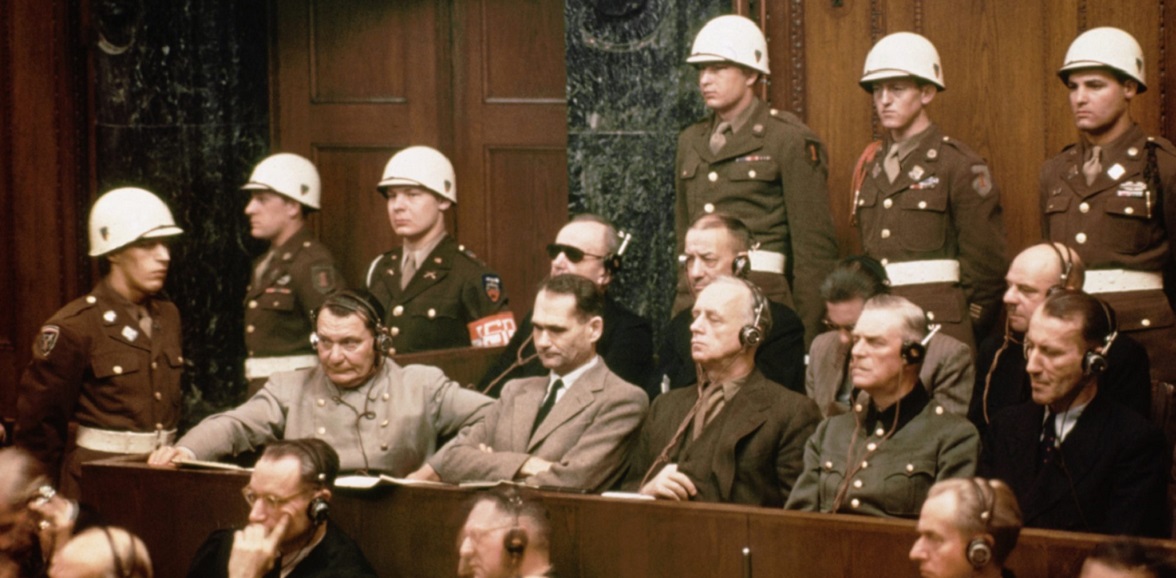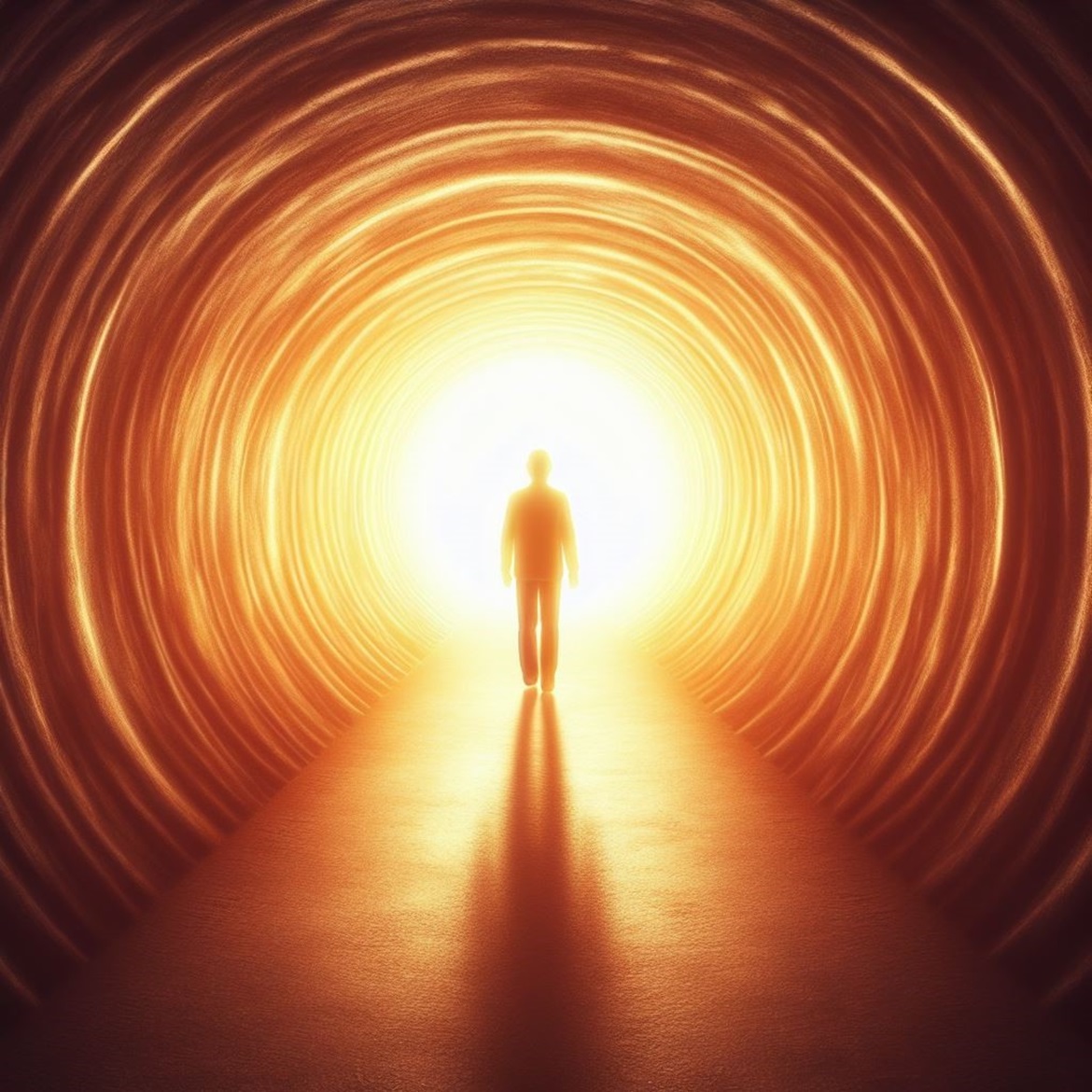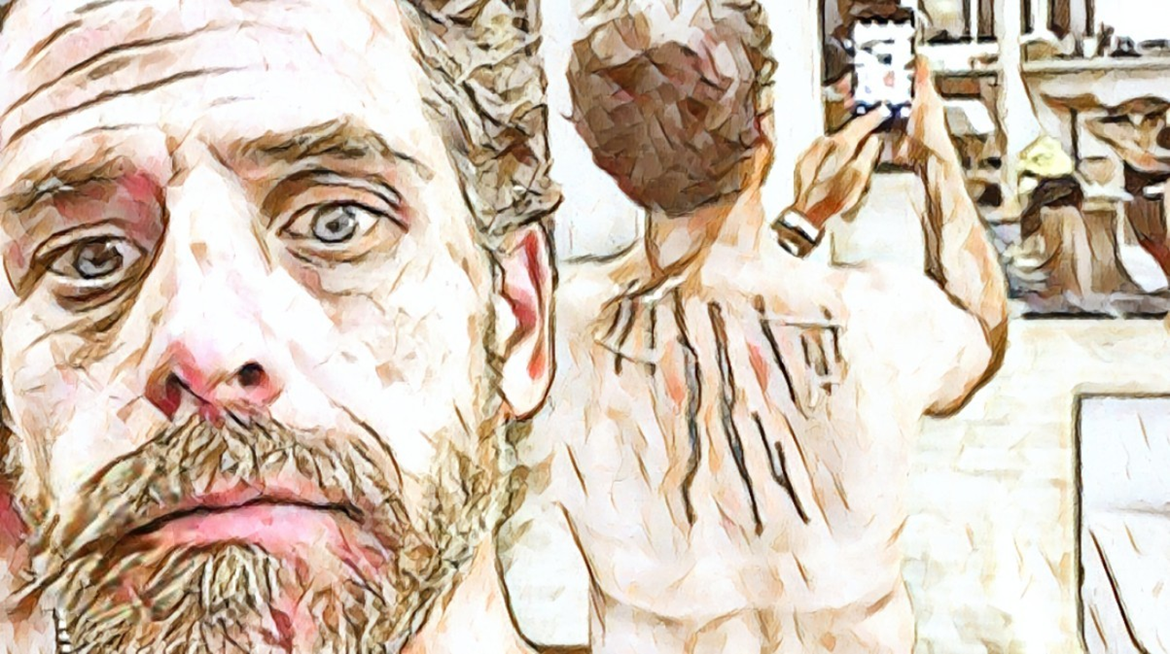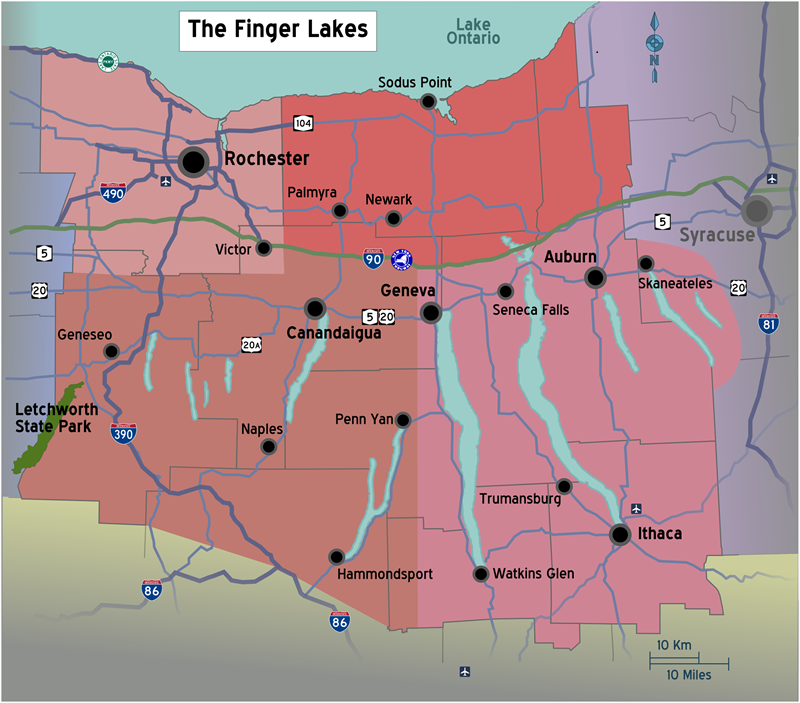In a world buzzing with theories and whispers about secret societies and the hidden hands that shape global policies, the Committee of 300 remains one of the most mysterious subjects. Allegedly consisting of powerful individuals and families, this group is reputed to have immense influence over international events and economic directions. Here, we look into who they are, what they supposedly do, and why understanding them matters.
Who Are the Committee of 300?
According to popular belief, the Committee of 300 is a group comprising royal families, aristocrats, and influential leaders. This elite congregation reportedly includes prominent figures from politics, banking, business, and the media. Although firm evidence for its existence and operations is scarce—shrouded as it is in secrecy—the idea of the Committee continues to intrigue many.
The origins of the Committee of 300 are said to date back centuries, with links to various historical states and secretive groups, including the British aristocracy and international policymaking organizations. This group may have been guiding major global policies to serve their interests.
The Influence Over Global Affairs
The main agenda of the Committee of 300 involves controlling the political, economic, and social narrative of the entire world. They are said to manipulate events to maintain instability in certain regions, foster economic dependencies, and keep specific power structures intact. In theory, they aim to create a world where they can continue to thrive at the top of the economic and social hierarchy.
Critics argue that this consortium directs its efforts toward influencing major international policies and decisions. This includes a decisive say in financial institutions, environmental agreements, and even warfare. The supposed goal? To manage the global population and resources in a way that aligns with their vision for the future.
Why It Matters
While concrete evidence of the Committee of 300’s activities remains elusive, the discussion it stimulates about transparency and influence in global affairs is significant. In an age where misinformation can spread rapidly, the narrative surrounding this group prompts critical thinking about who holds power in the world and the nature of their influence.
Understanding or even investigating the complex layers of global leadership and influence can empower individuals to question and discern the sources and motives behind the information they receive. Whether or not one believes in the existence of the Committee of 300, considering its implications encourages a broader awareness of how power can work in enormous, often invisible ways.
Skepticism and Belief
The mystery surrounding the Committee of 300 is thick with skepticism. Mainstream researchers and academics typically dismiss the idea as a conspiracy theory without basis in reality. However, this skepticism doesn’t deter those who are convinced of the group’s existence and are continually piecing together events and policies that might suggest otherwise.
It’s important to balance skepticism with open-mindedness. Living in a complex world where more happens behind closed doors than we might realize, the discussion expands beyond the Committee of 300. It opens up necessary dialogues about transparency, governance, and the extent of control that any group can have over global dynamics.
Moving Forward: A Call for Transparency
Perhaps the true lesson of the Committee of 300, whether myth or reality, lies in the universal craving for greater transparency and accountability in international politics. Citizens worldwide are increasingly demanding to know more about the forces pulling the strings behind geopolitical curtains.
As we navigate the murky waters of global power structures, the legend of the Committee of 300 serves as a reminder. It pushes us to question, to research, and to demand accountability from leaders and institutions. In doing so, it not only makes us wary of accepting narratives at face value but also encourages us to engage more actively with the shaping of our global society.
Final Thoughts
The Committee of 300, real or not, acts as a catalyst for probing the depths of power, influence, and governance worldwide. By questioning and seeking the truth, society can aspire to a future where power is no longer an element hidden in shadows, but a force for good, illuminated by the light of scrutiny and participation of an informed public.
